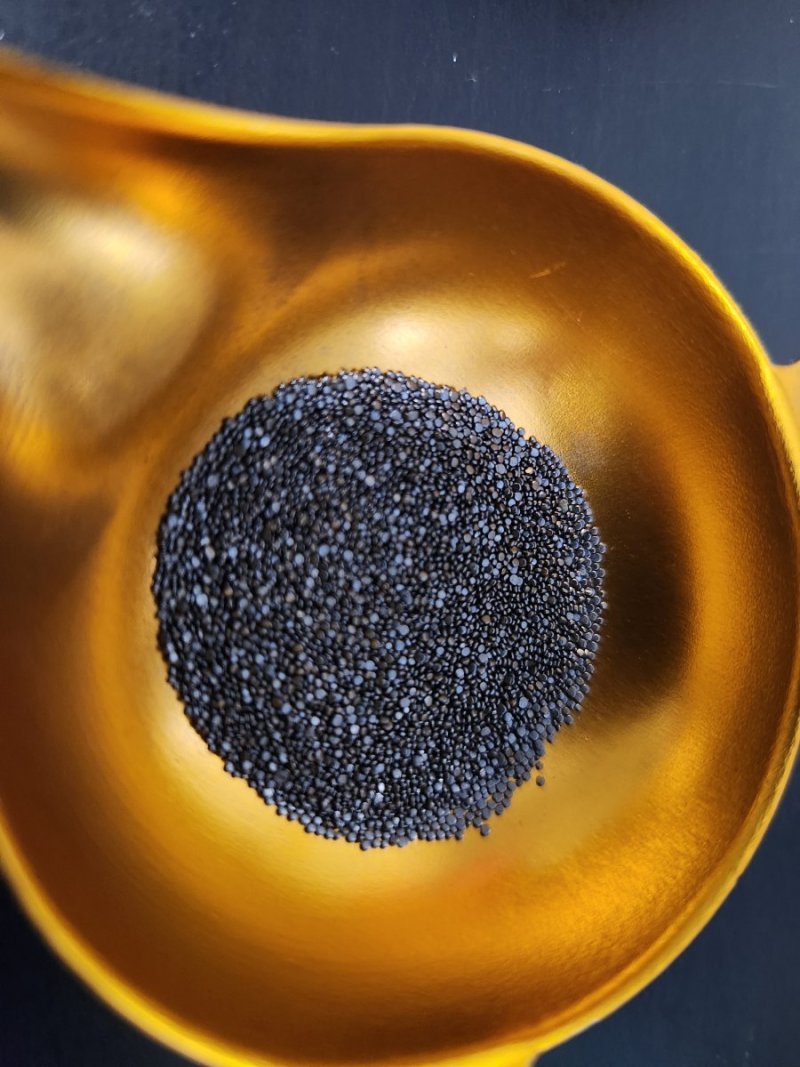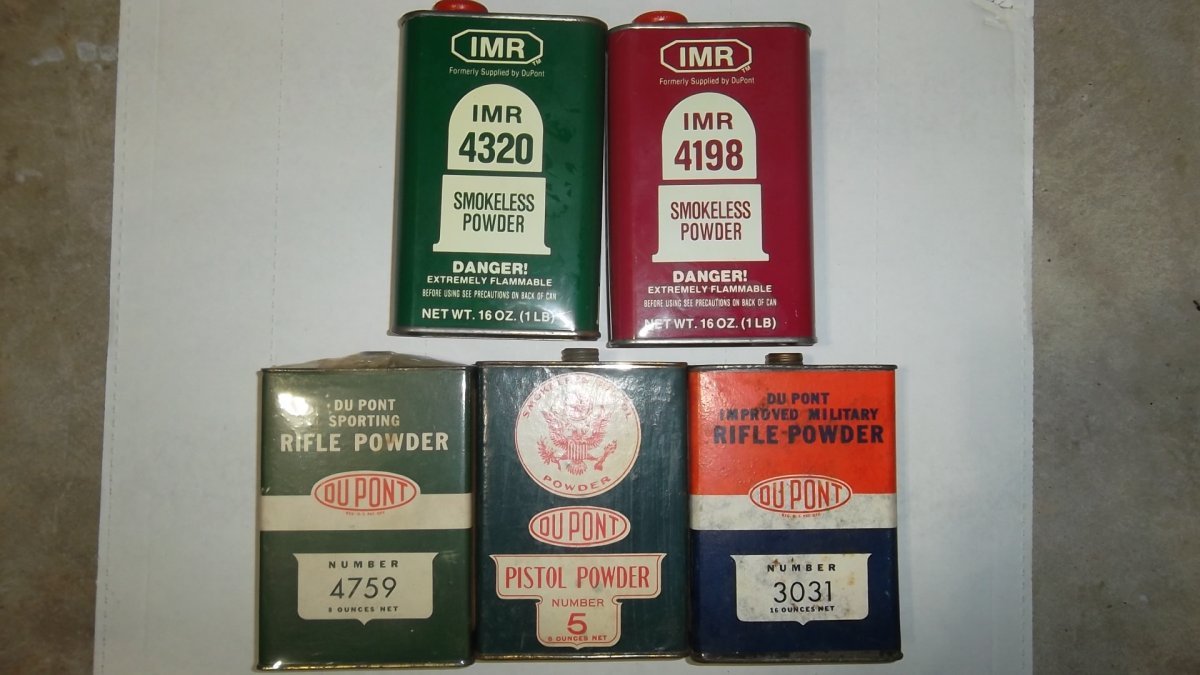I have the Lee Perfect Powder Measure and also the Auto disk on a Pro-1000 and on a turret. They both work great. You have to expect a small variation unless you hand dip or spend the bucks and get a Chargemaster. If you have a single stage I would recommend the Perfect Powder measure unless you already have the Lee powder through expander die. With that die the Autodisk will save you a step. The perfect powder measure will do Bullseye within .1- .2. I didn't like the way it dropped Varget. It tended to chop that powder. The ball and flake powders do well in it.
I have the Lee powder through expander. So I've ordered the autodisk and the adjustible charge bar.
I think snatch3838 has the perspective I need. I've been obsessing over precise measurement of powder but that's not where my attention needs to be at this point in my quest for handgun mastery. I have bigger fish to fry ;-)








